Are you considering shipping goods from China to the USA?
Cargo shipping plays a crucial role in global trade, connecting manufacturers and consumers across vast distances. In this comprehensive guide, we will explore the essential aspects of cargo shipping, including shipping options, costs, and the types of vessels used. Additionally, we’ll examine major shipping routes and customs clearance requirements. Join us as we navigate the complexities of transporting goods across the Pacific and ensure your cargo reaches its destination efficiently!
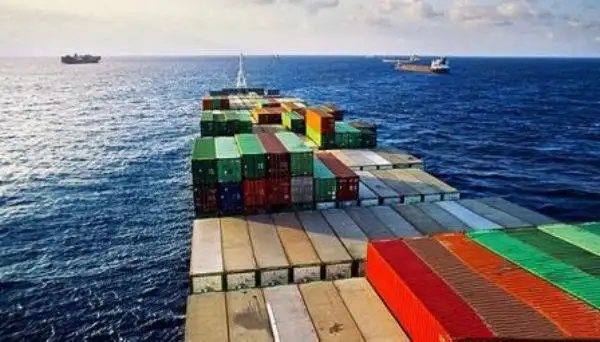
Introduction to Cargo Shipping from China to the USA
Understanding the Importance of Cargo Shipping
Cargo shipping from China to the USA plays a crucial role in the global supply chain, facilitating trade between one of the largest manufacturing hubs and one of the largest consumer markets in the world. The sheer volume of goods transported annually underscores the significance of this trade route. For instance, according to the latest reports from the World Trade Organization, in 2024, the total trade value between China and the USA reached approximately $688 billion, with a significant portion of goods being shipped via sea freight, which is often the most cost-effective method for international shipping. As such, understanding the dynamics of cargo shipping is essential for businesses looking to optimize their logistics processes and reduce shipping costs. To enhance your logistics strategy, consider exploring Shipping From China to USA.
Overview of Shipping Options Available
When importing goods from China to the USA, businesses have several shipping options at their disposal, each with its own advantages and limitations:
- Ocean Freight: The most common and economical choice for large shipments. Container ships carry goods in standardized containers, making loading and unloading efficient. For specific transit times and costs, refer to ocean freight.
- Air Freight: Ideal for high-value or time-sensitive shipments. Although more expensive than ocean freight, air freight significantly reduces transit times, making it suitable for urgent deliveries. For details on rates, see how much for air freight from china to los angeles.
- Rail Freight: While not typically used for international shipping from China to the USA, rail can be part of a multimodal transport solution, especially when goods are transported across land to ports. More information can be found under rail freight.
- Consolidated Freight: This option allows multiple shippers to share space in a single container, reducing costs for small to medium-sized shipments, making it a cost-effective solution for businesses with lower volume needs. Learn more about consolidated freight shipping.
- Door-to-Door Services: Offered by freight forwarders like Dantful International Logistics, these services handle the entire shipping process from the seller’s location in China to the buyer’s address in the USA, simplifying logistics and ensuring timely delivery.
Key Factors Influencing Cargo Shipping Costs from China to the USA
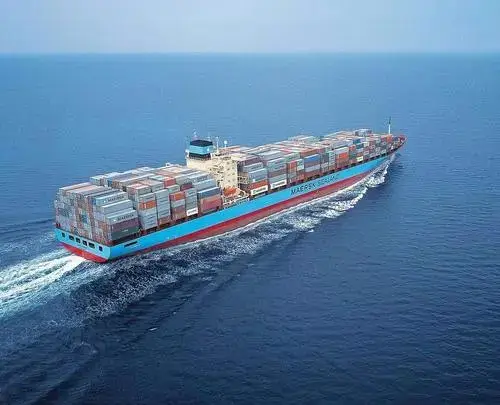
Distance and Transit Times
The distance between China and the USA significantly impacts shipping costs and transit times. Typically, the shipping duration from major ports in China (such as Shanghai or Shenzhen) to popular U.S. ports (like Los Angeles or New York) can range from 10 to 40 days, depending on the shipping route and the port of destination. A breakdown of average transit times is illustrated in the table below:
| Shipping Route | Average Transit Time |
|---|---|
| Shanghai to Los Angeles | 13-16 days |
| Shenzhen to New York | 20-25 days |
| Ningbo to Seattle | 10-14 days |
| Guangzhou to Houston | 15-18 days |
Type of Goods and Volume
The type of goods being shipped also plays a critical role in determining costs. Different commodities may require specific handling, special packaging, or temperature-controlled environments, which all influence the overall shipping expense. Furthermore, larger shipments often benefit from economies of scale, resulting in lower per-unit shipping costs compared to smaller shipments. Understanding the nature of the goods—whether they are bulk items, specialized machinery, or perishables—helps in selecting the most appropriate shipping method and optimizing costs. For a deeper understanding of the shipping process, explore shipping routes from china to usa.
Freight Charges and Additional Fees
Freight charges are just one component of the overall shipping costs. Additional fees can include:
- Fuel Surcharges: Fluctuations in fuel prices can lead to variations in shipping costs.
- Terminal Handling Charges: Fees incurred when cargo is loaded and unloaded from vessels at ports.
- Customs Duties: Taxes imposed by the government on imported goods can vary based on the product classification. For a comprehensive overview of these costs, check Cost of Shipping from China to USA.
- Insurance: Protecting cargo against loss or damage during transit is crucial, especially for high-value shipments.
It is advisable for importers to work closely with a reliable freight forwarder like Dantful International Logistics to gain a comprehensive understanding of these costs and receive guidance on minimizing them. With expertise in navigating complex logistics, Dantful can provide transparent pricing and efficient solutions tailored to your shipping needs.
Types of Cargo Ships Used for Transporting Goods
Container Ships: The Most Common Choice
Container ships are the backbone of international cargo transport, particularly for shipments from China to the USA. These vessels are designed to carry standardized cargo containers, which makes loading and unloading efficient. Each container can hold diverse goods, ranging from electronics to textiles. The widespread use of containerization has revolutionized logistics, allowing for faster transit times and reduced shipping costs.
Container ships come in various sizes, classified by their capacity measured in Twenty-foot Equivalent Units (TEUs). The largest container ships can carry over 20,000 TEUs. Major shipping lines such as Maersk, MSC, and CMA CGM operate these massive vessels, ensuring that goods can be moved swiftly and reliably across the Pacific Ocean. For detailed information on costs, you may refer to our article on container shipping costs from china to USA.
Bulk Carriers for Large Quantities
For businesses needing to transport large quantities of raw materials, bulk carriers are the ideal choice. These ships are specifically designed to carry unpackaged bulk cargo, such as coal, grain, or minerals. Unlike container ships, bulk carriers have large holds that can accommodate massive volumes but lack the flexibility of containerized shipping.
In general, bulk carriers can be categorized into two groups: Handysize (40,000-50,000 DWT) and Capesize (over 100,000 DWT), which are significant for transporting large shipments from China to various ports in the USA. When choosing a bulk carrier, cargo owners should consider the type and volume of goods being shipped, as well as the destination port and market demand. You can learn more about Shipping from China to USA for optimizing your logistics.
Specialized Vessels for Unique Cargo
Some shipments require unique handling or transport methods, leading to the use of specialized vessels. These may include Roll-on/Roll-off (RoRo) ships for vehicles, LNG carriers for liquefied natural gas, and heavy-lift vessels for oversized cargo. Such specialized vessels are equipped with the necessary technology to handle specific types of freight, ensuring safety and efficiency throughout the transport process.
Using specialized vessels, freight forwarders can accommodate a wider range of goods, meeting the specific needs of industries such as automotive, energy, and construction. Customers should work closely with their freight forwarders to determine the best vessel type based on the nature of their cargo. For those interested in air transport options, check our guide on air freight from china to usa.
READ MORE:
- Shipping From China to the USA
- Shipping From China TO Canada
- Shipping From China TO Mexico
- Shipping From China to Panama
- Shipping From China to Costa Rica
- Shipping From China to Brazil
- Shipping From China TO Colombia
- Shipping From China to Jamaica
- Shipping From China to Venezuela
- Shipping From China to Argentina
Major Shipping Routes from China to the USA
Overview of Popular Shipping Ports
Shipping routes from China to the USA are critical for maintaining the global supply chain. Major ports on both coasts serve as key entry points for goods, each with its unique characteristics.
West Coast Ports
- Los Angeles: The busiest container port in the USA, it handles vast amounts of cargo from China, making it a prime choice for importers.
- Long Beach: Adjacent to Los Angeles, this port is known for its efficiency and is a favorite for large shipping lines.
- Oakland: This port serves as a hub for Northern California, facilitating trade with various Asian countries, including China.
- Seattle: Known for its strategic location, Seattle offers direct shipping routes to China and is increasingly popular among importers. For more insights on shipping from this region, see shipping from china to los angeles.
East Coast Ports
- New York: The largest port on the East Coast, it accommodates a significant volume of cargo from China.
- Savannah: Rapidly growing in importance, Savannah is known for its deep-water access and efficient logistics.
- Houston: This port is crucial for importers in the Southern USA, particularly for energy and industrial goods.
- Miami: Serving as a gateway to Latin America, Miami also handles various goods from China, thanks to its strategic location.
- Charleston: Known for its efficiency, this port has become increasingly popular for importing goods from Asia.
Factors Impacting Route Selection
When importing goods from China to the USA, several factors influence route selection:
- Transit Time: Speed is often a priority for businesses, and the choice of port can significantly impact delivery times. For instance, West Coast ports typically offer faster transit times due to their proximity to China.
- Cost Efficiency: Shipping costs vary depending on the chosen route and port. Importers must evaluate the total landed cost, including freight charges, customs duties, and handling fees. For an overview of rates, refer to our page on shipping rates from china to usa.
- Cargo Type: The nature of the cargo may dictate the best shipping route. For example, perishable goods may require faster transit routes, while bulk materials may prioritize cost over speed.
- Regulatory Considerations: Customs regulations can differ between ports, affecting clearance times and additional fees. Importers should familiarize themselves with the specific requirements of their chosen ports to avoid delays.
In conclusion, understanding the types of cargo ships and major shipping routes from China to the USA is essential for businesses looking to optimize their international logistics. By partnering with a reputable freight forwarder like Dantful International Logistics, businesses can navigate the complexities of shipping and ensure their goods are transported efficiently and cost-effectively. We offer a comprehensive range of services, including Ocean Freight, Air Freight, Customs Clearance, and more, to meet all your logistics needs.
Customs Clearance for Cargo from China to the USA
Understanding Customs Regulations
Navigating customs regulations is a critical component of importing goods from China to the USA. The U.S. Customs and Border Protection (CBP) agency oversees the importation of goods and ensures compliance with federal laws. Importers must be aware of various regulations, including tariffs, trade agreements, and restrictions on certain goods.
First and foremost, it’s essential to determine if the products you intend to import are subject to any additional tariffs or duties. For instance, certain categories of products may face anti-dumping or countervailing duties. Importers can find detailed information on applicable tariffs in the Harmonized Tariff Schedule (HTS) of the United States, which categorizes goods and outlines the corresponding duties.
Moreover, compliance with the Federal Trade Commission (FTC) and other regulatory bodies is crucial, especially for products subject to safety standards or labeling requirements. Importers must be diligent in assessing whether their goods meet these standards to avoid complications during the customs clearance process.
Preparing Required Documentation for Smooth Clearance
Proper documentation is vital for ensuring a seamless customs clearance process. The following are key documents typically required for importing cargo from China to the USA:
| Document Type | Description |
|---|---|
| Bill of Lading (BOL) | A legal document between the shipper and the carrier outlining the details of the shipment. |
| Commercial Invoice | A document from the seller to the buyer detailing the goods being sold, including their value. |
| Packing List | A detailed list of the shipment contents, including dimensions and weight, aiding customs officials. |
| Arrival Notice | Notification from the shipping company informing of the cargo’s arrival, required for pickup. |
| Customs Bond | A contract ensuring that any duties owed will be paid, protecting the government against loss. |
| Import License (if applicable) | Certain goods may require an import license, depending on their category and use. |
Ensuring that all required documentation is accurate and complete can significantly reduce the risk of delays or customs holds. It’s advisable for importers to work closely with their freight forwarder to ensure all documents are prepared ahead of time and that they comply with customs regulations.
Tips for Choosing the Right Freight Forwarder
What to Look for in a Freight Forwarder
Selecting the right freight forwarder is a pivotal decision that can impact the efficiency and cost-effectiveness of your shipping process. Here are some key factors to consider:
- Experience and Expertise: Look for a freight forwarder with a proven track record in handling shipments from China to the USA. Their experience can help navigate complexities that may arise during the process.
- Network Relationships: A well-established network of partnerships with shipping companies and customs brokers can provide better shipping rates and ensure smoother customs clearance.
- Range of Services: A comprehensive service offering, including ocean freight, air freight, customs clearance, and warehouse solutions, can save you time and effort by consolidating services under one provider.
- Transparent Pricing: Choose a freight forwarder that provides clear pricing structures without hidden fees, allowing you to budget accurately for your shipping costs.
- Customer Support: Reliable customer service is essential. Your freight forwarder should be responsive and accessible to address any questions or issues that may arise.
Benefits of Using Dantful International Logistics
At Dantful International Logistics, we pride ourselves on being a highly professional, cost-effective, and high-quality one-stop international logistics service provider for global traders. Here are some compelling reasons to choose us:
- Expertise in Freight Forwarding: With extensive experience in cargo shipping from China to the USA, we understand the nuances of customs regulations and can guide you through every step of the process.
- Comprehensive Service Offering: We provide a full suite of logistics services, including ocean freight, air freight, customs clearance, and more. This means you can rely on us for all your shipping needs without having to deal with multiple providers.
- Competitive Rates: Our strong relationships with shipping companies enable us to offer competitive rates, ensuring you get the best value for your shipping investment.
- Dedicated Support: Our team is committed to providing exceptional customer service, ensuring that your questions are answered and your cargo is transported efficiently.
Choosing Dantful International Logistics means securing a partner dedicated to making your cargo shipping experience from China to the USA as smooth and cost-effective as possible.

Young Chiu is a seasoned logistics expert with over 15 years of experience in international freight forwarding and supply chain management. As CEO of Dantful International Logistics, Young is dedicated to providing valuable insights and practical advice to businesses navigating the complexities of global shipping.






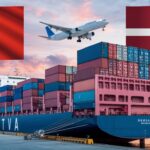

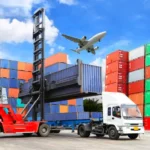
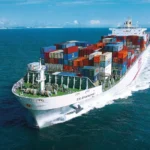
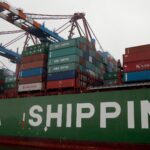
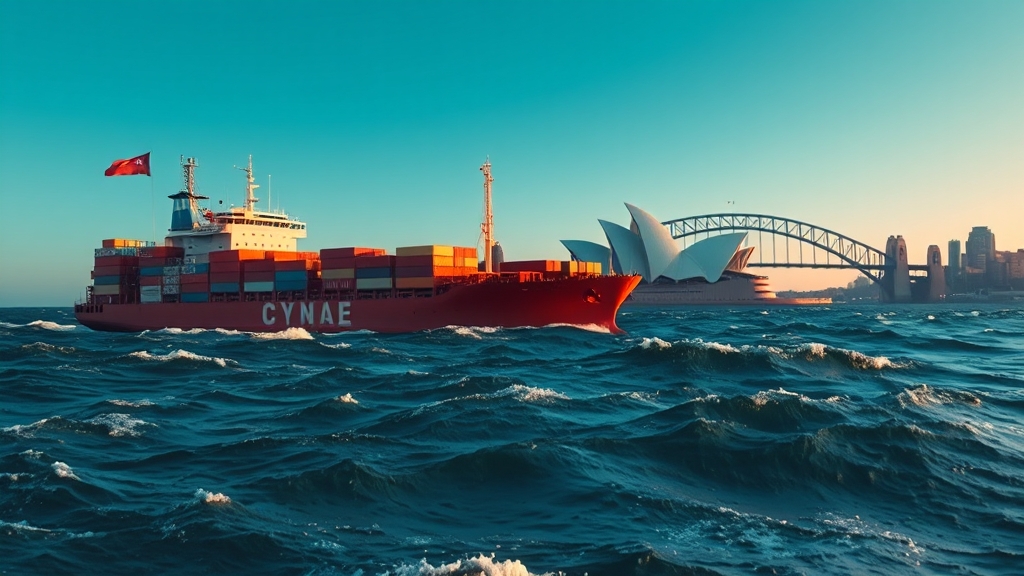
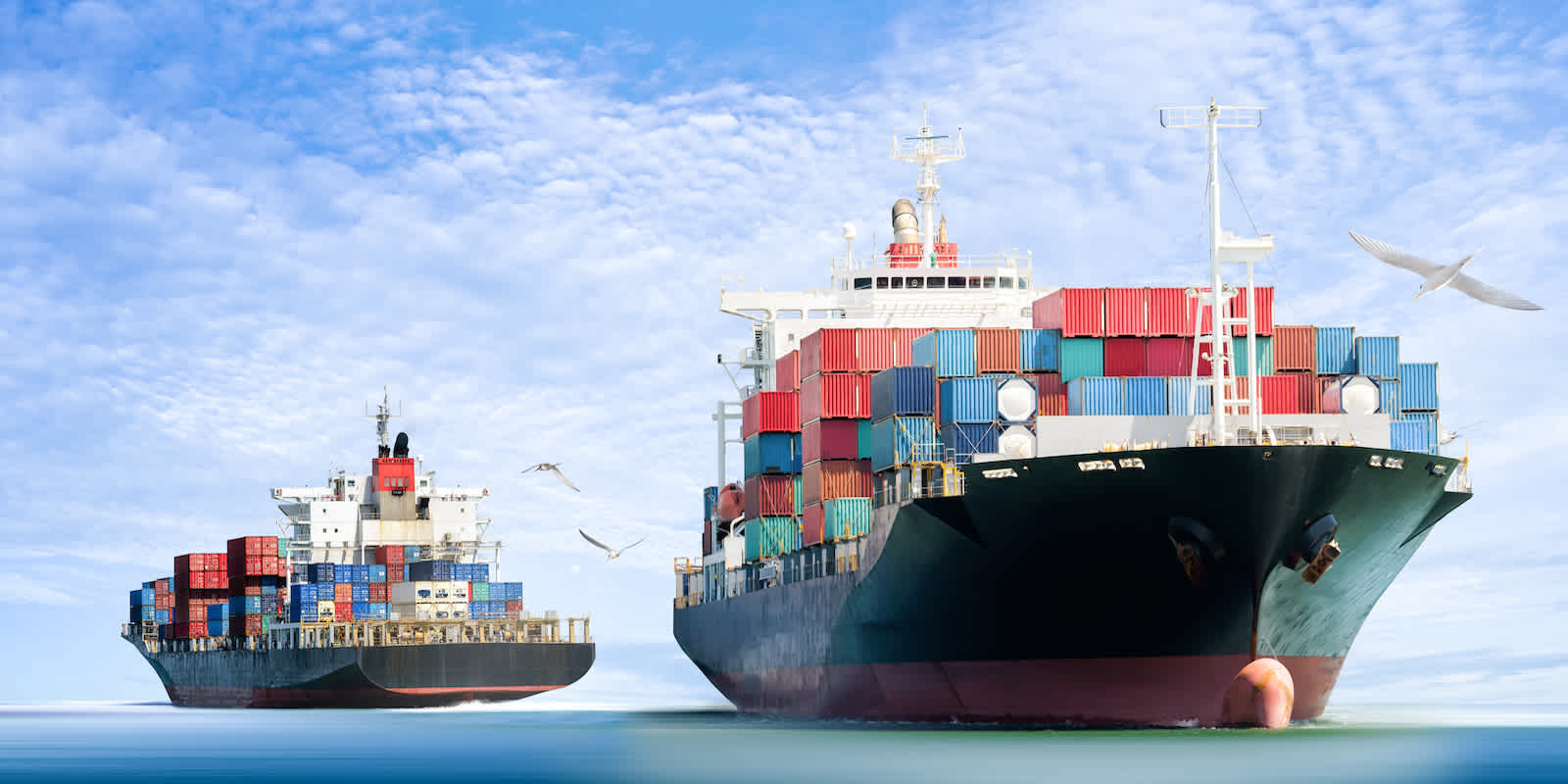
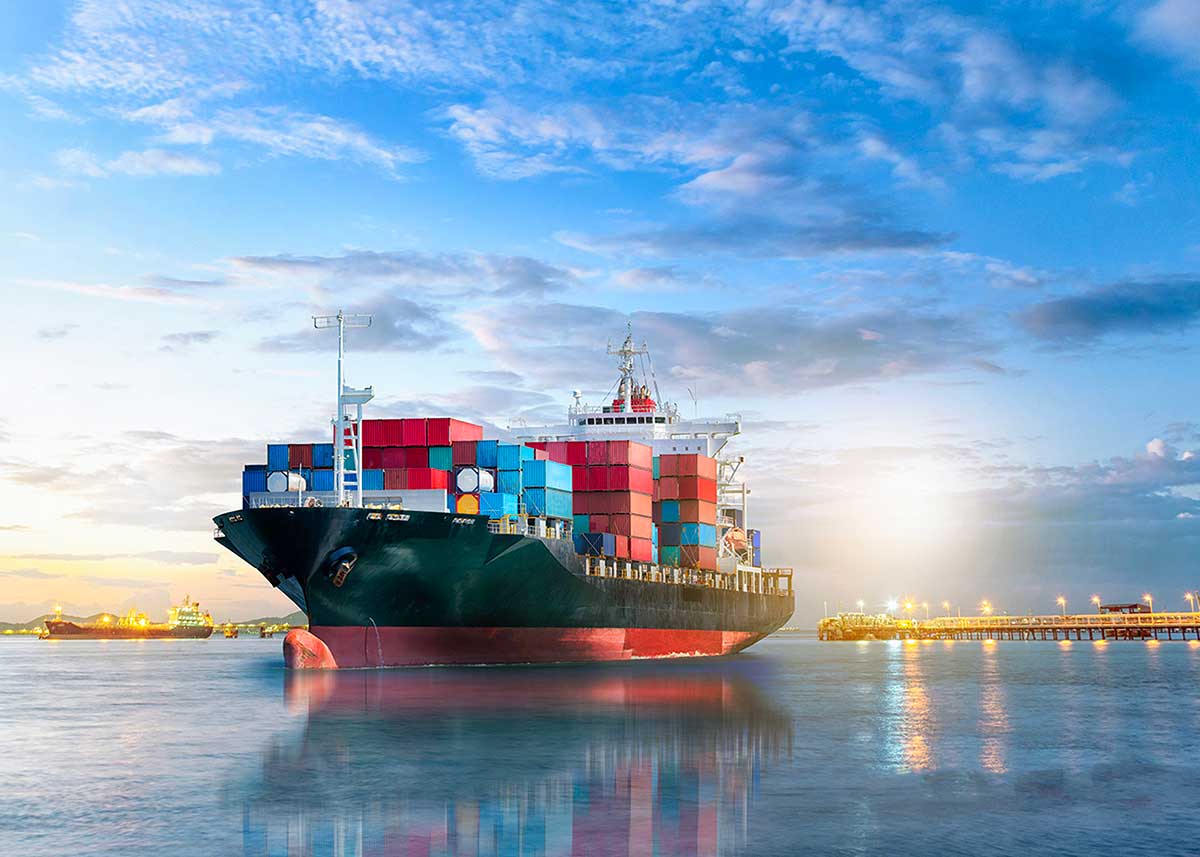
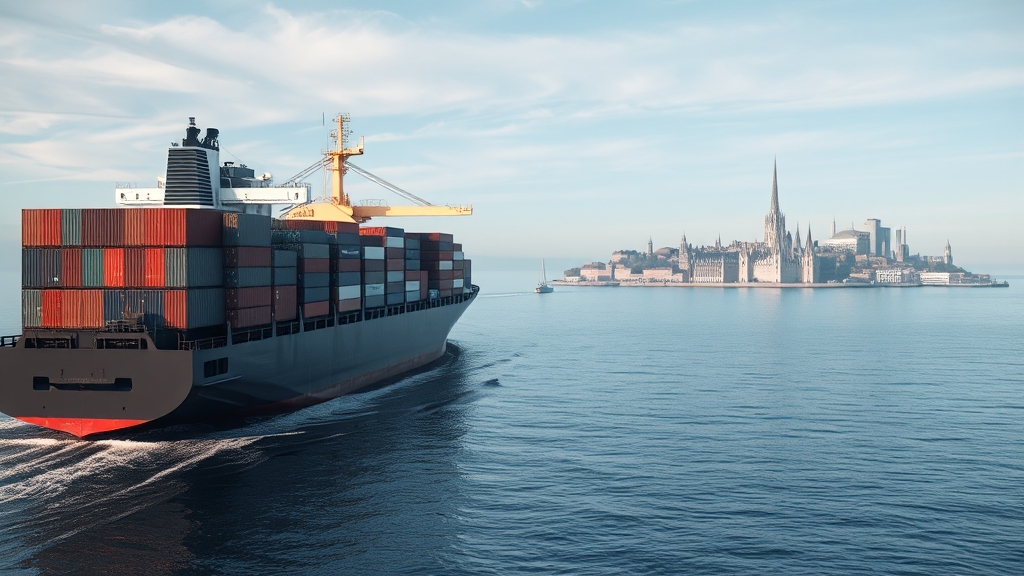
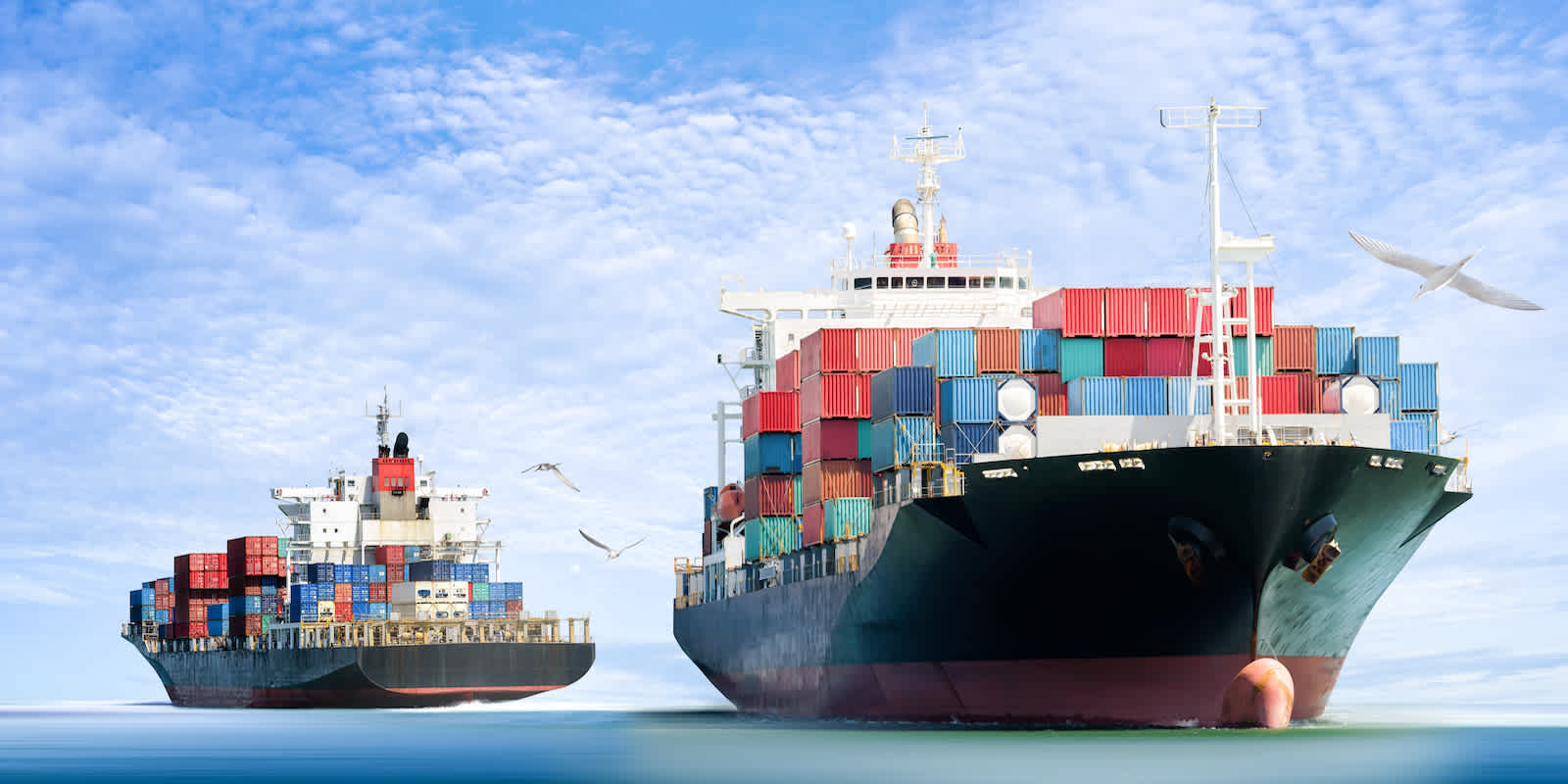
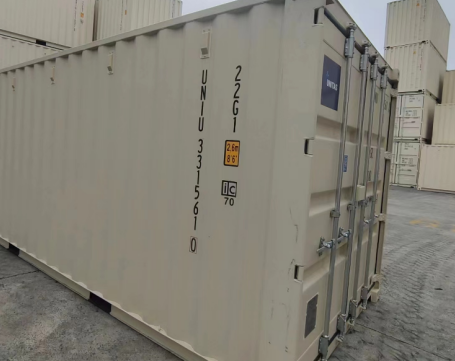

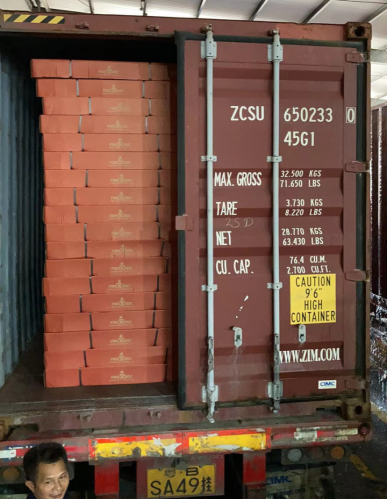
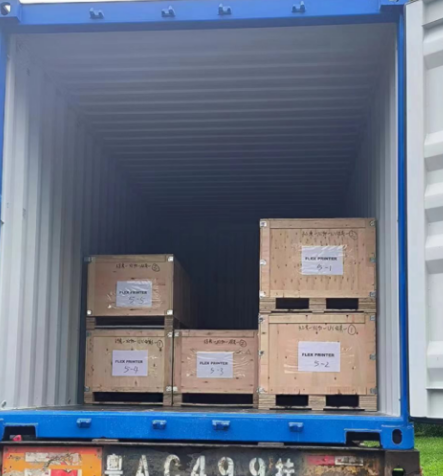
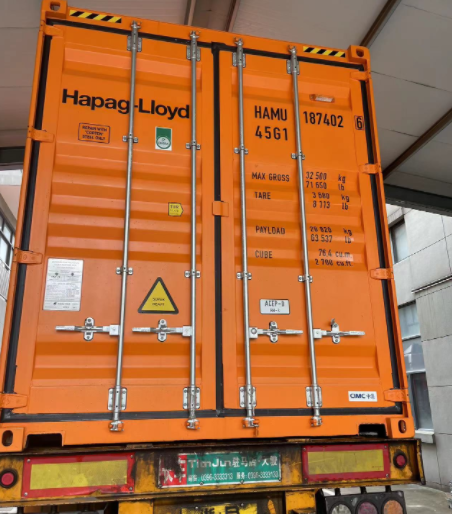
 Afrikaans
Afrikaans Shqip
Shqip አማርኛ
አማርኛ العربية
العربية Հայերեն
Հայերեն Azərbaycan dili
Azərbaycan dili Euskara
Euskara Беларуская мова
Беларуская мова বাংলা
বাংলা Bosanski
Bosanski Български
Български Català
Català Cebuano
Cebuano Chichewa
Chichewa 简体中文
简体中文 繁體中文
繁體中文 Corsu
Corsu Hrvatski
Hrvatski Čeština
Čeština Dansk
Dansk Nederlands
Nederlands English
English Esperanto
Esperanto Eesti
Eesti Filipino
Filipino Suomi
Suomi Français
Français Galego
Galego ქართული
ქართული Deutsch
Deutsch Ελληνικά
Ελληνικά Kreyol ayisyen
Kreyol ayisyen Harshen Hausa
Harshen Hausa Ōlelo Hawaiʻi
Ōlelo Hawaiʻi עִבְרִית
עִבְרִית हिन्दी
हिन्दी Hmong
Hmong Magyar
Magyar Íslenska
Íslenska Igbo
Igbo Bahasa Indonesia
Bahasa Indonesia Gaeilge
Gaeilge Italiano
Italiano 日本語
日本語 Basa Jawa
Basa Jawa ಕನ್ನಡ
ಕನ್ನಡ Қазақ тілі
Қазақ тілі ភាសាខ្មែរ
ភាសាខ្មែរ 한국어
한국어 كوردی
كوردی Кыргызча
Кыргызча ພາສາລາວ
ພາສາລາວ Latin
Latin Latviešu valoda
Latviešu valoda Lietuvių kalba
Lietuvių kalba Lëtzebuergesch
Lëtzebuergesch Македонски јазик
Македонски јазик Malagasy
Malagasy Bahasa Melayu
Bahasa Melayu മലയാളം
മലയാളം Maltese
Maltese Te Reo Māori
Te Reo Māori मराठी
मराठी Монгол
Монгол ဗမာစာ
ဗမာစာ नेपाली
नेपाली Norsk bokmål
Norsk bokmål پښتو
پښتو فارسی
فارسی Polski
Polski Português
Português ਪੰਜਾਬੀ
ਪੰਜਾਬੀ Română
Română Русский
Русский Samoan
Samoan Gàidhlig
Gàidhlig Српски језик
Српски језик Sesotho
Sesotho Shona
Shona سنڌي
سنڌي සිංහල
සිංහල Slovenčina
Slovenčina Slovenščina
Slovenščina Afsoomaali
Afsoomaali Español
Español Basa Sunda
Basa Sunda Kiswahili
Kiswahili Svenska
Svenska Тоҷикӣ
Тоҷикӣ தமிழ்
தமிழ் తెలుగు
తెలుగు ไทย
ไทย Türkçe
Türkçe Українська
Українська اردو
اردو O‘zbekcha
O‘zbekcha Tiếng Việt
Tiếng Việt Cymraeg
Cymraeg יידיש
יידיש Yorùbá
Yorùbá Zulu
Zulu